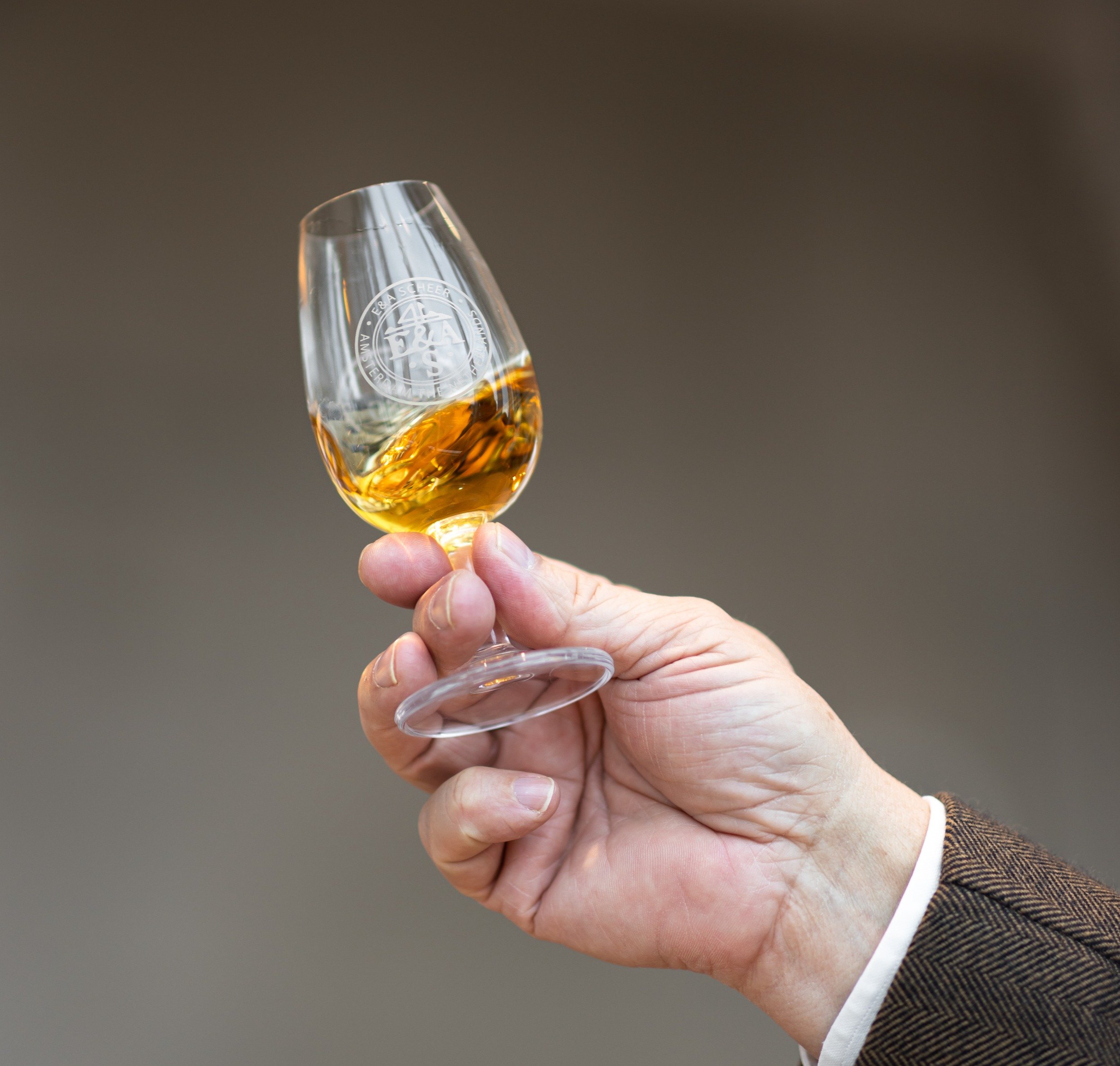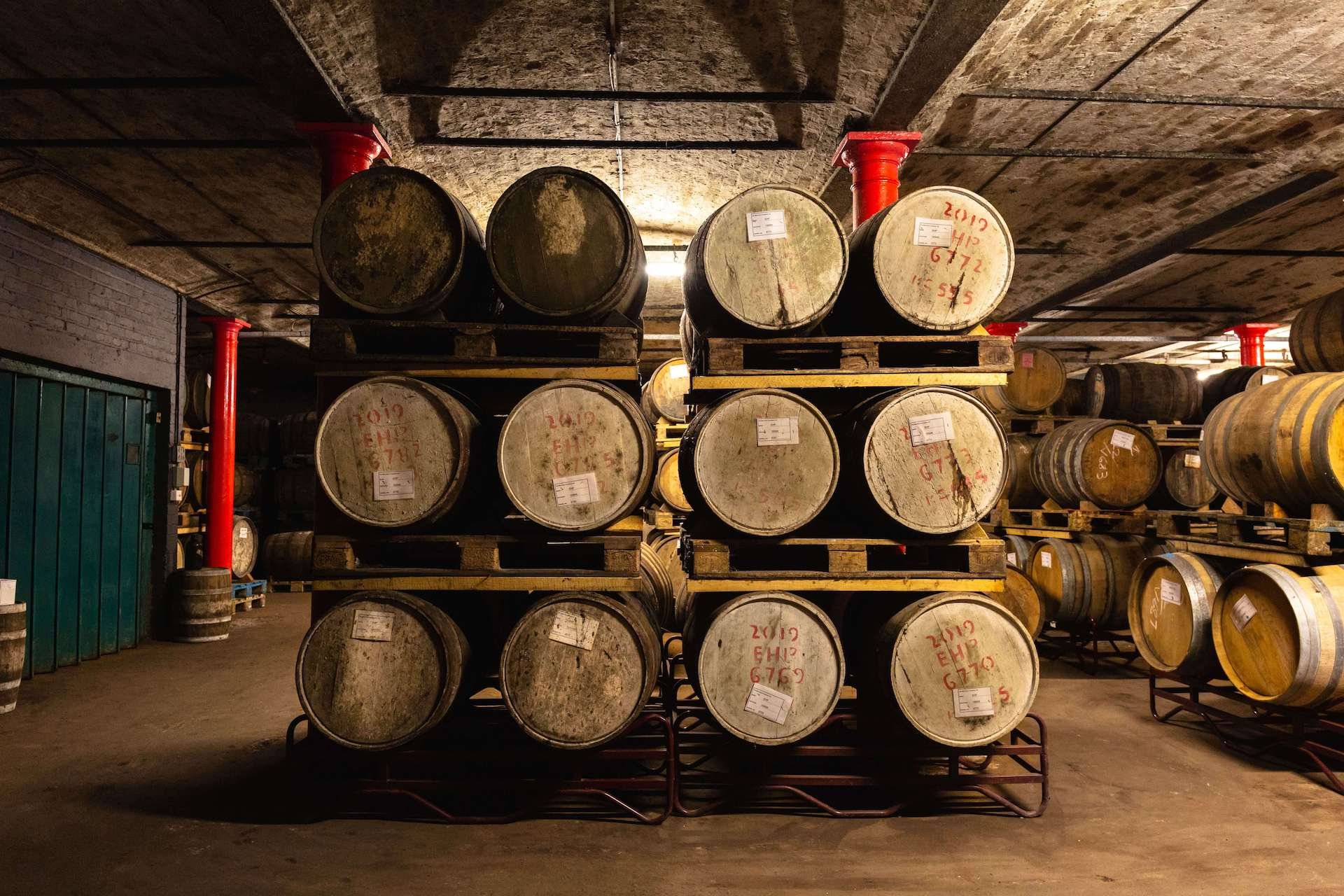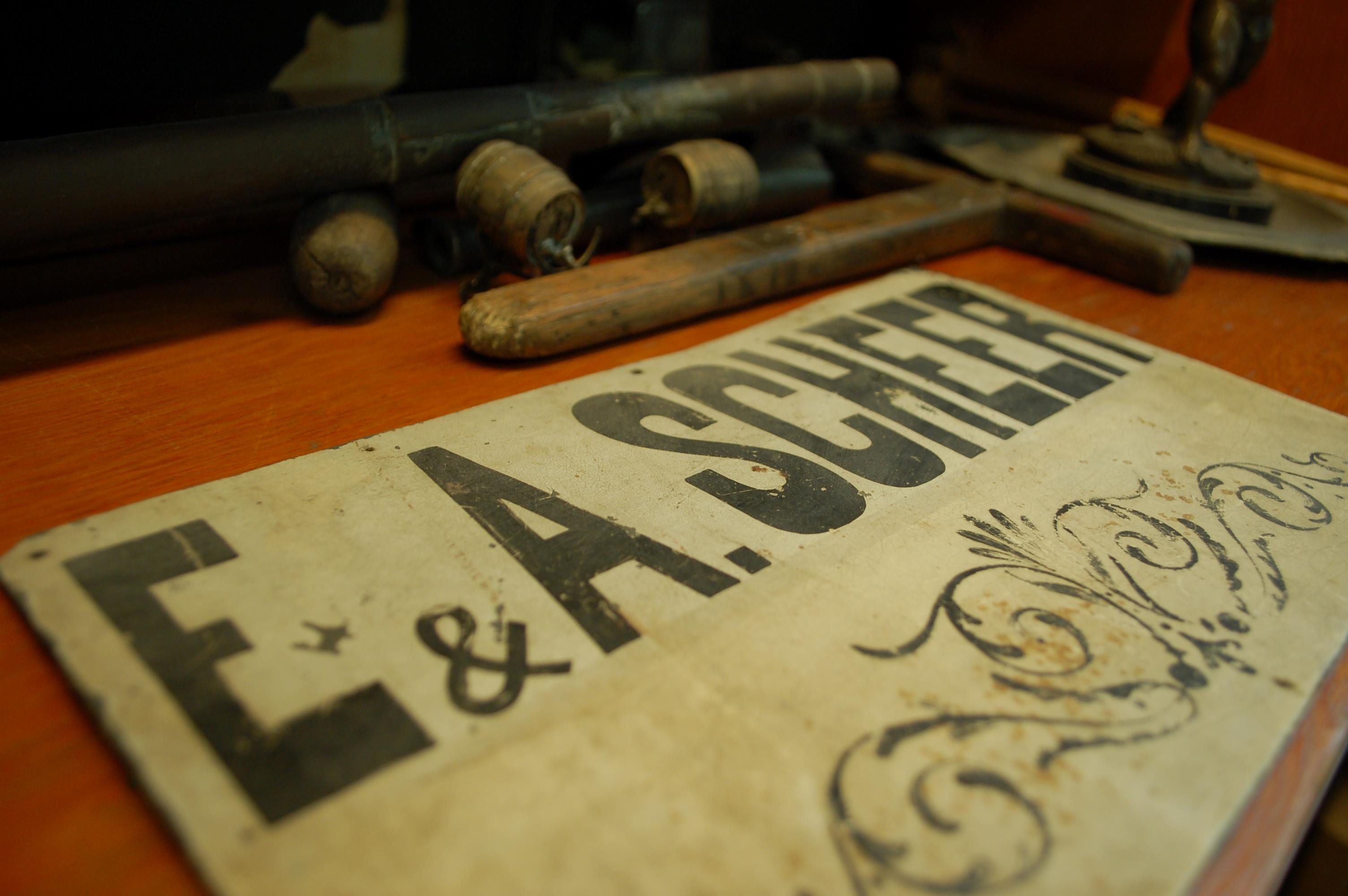The History of Rum
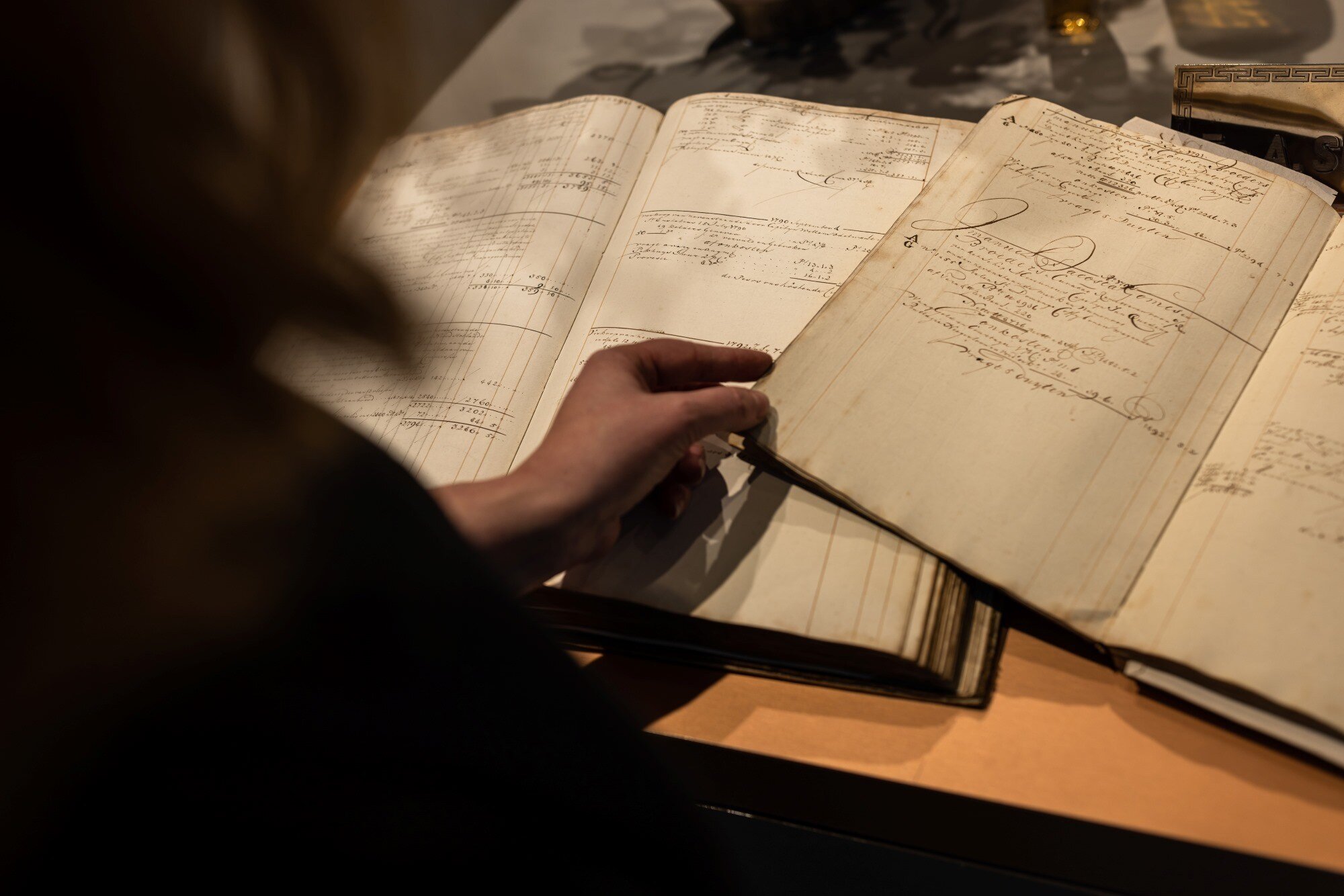
The origins of Rum
The origins of Rum have been debated among scholars and Rum enthusiasts, with various theories emerged over the years. While the exact origins remain somewhat uncertain, several hypotheses have been put forward to explain how Rum came into existence.
Asian influence
Some scholars propose that Rum started in Asia, as sugarcane can be traced back to Southeast Asia and modern-day Papua New Guinea. In Indonesia, people have been distilling Batavia Arrack, a type of Rum distinguished by the use of the local red rice. Some scholars also argue that Asian traders and explorers may have introduced sugarcane-based distillation methods to the Caribbean during ancient times, laying the groundwork for Rum production.
European influence
Some historians argue that the Rum-making process has its roots in Europe, particularly in countries such as Spain, France, and England. For example, in Spain, distillation techniques were well-known during the Middle Ages, and it was suggested that the Spanish, French, and English brought the knowledge of distillation to the Caribbean and South America, where it was applied to fermented molasses, sugarcane juice, and sugarcane syrup to produce Rum.
The Caribbean/Latin origin theory
Many historians believe that Rum originated in the Caribbean islands during the 17th century. This theory suggests that Rum was first produced on islands like Barbados - where to date the first recorded Rum production seemed to have taken place - Jamaica, and Puerto Rico. Sugar producers discovered that sugarcane molasses, a byproduct of sugar production, could be fermented into alcohol, leading to the creation of a crude form of Rum.
On the other hand, the Brazilian sugar boom of the 16th and 17th centuries fostered an abundance of sugarcane production, creating surplus molasses as a byproduct. This might have led to local distillers in Brazil experimenting with fermentation and distillation techniques, which possibly led to the creation of Rum in Latin America. Due to the shifting political climate at the time, distillers have fled to Barbados, bringing their knowledge of the Rum-making process to the region.
Overall, the exact origins of Rum remain a topic of debate. Historians and researchers continue to explore the specific influences and contributions of different cultures and regions to the development of Rum.
The word “Rum”
The origin of the word “Rum” is unclear. The name may have derived from “Rumbullion,” meaning “a great tumult or uproar". Some claim that Rum’s name comes from the large drinking glasses used by Dutch seamen known as “Roemers”. Other theories suggest Rum is a contraction of the word “saccharum”, Latin for “sugar”, or “arôme”, French for aroma.
In the early days, Rum was also referred to as “kill devil” due to its “hot, hellish, and terrible” flavour. However, Rum soon grew out of this reputation and became the popular drink we know and love today.
Rum in the 17th century
The emergence of Rum production
Rum production began as a way to utilise molasses, a byproduct of the sugar refining process. People discovered that molasses could be fermented into alcohol, leading to the creation of the first forms of Rum.
Molasses-based Rum was not the only type produced. Other types of Rum, such as rhum agricole, use fresh sugarcane juice as the starting raw material. Sugarcane syrup was also used during these days.
Early Rum production methods were, by and large, rudimentary. Molasses were mixed with water and left to ferment naturally, producing a low-proof alcoholic beverage. This liquid was then distilled in pot stills, producing a stronger and more refined spirit.
Naval connection
Sales of Rum to the British Navy not only brought extra revenue but, more importantly, attracted a naval presence that deterred pirates from lurking in the area. In 1731, the Navy Board was persuaded to make Rum the official daily ration, one pint of wine or tot of Rum, to be issued neat (at 80% vol.) in two equal amounts daily. It was a right and prized privilege that shielded the seamen from the squalor and brutality of life on the ocean waves.
Early versions of Rum used by the British Navy were aptly referred to as Navy Rum or Navy Strength. These Rums measured at 100-degree proof, or around 57% alcohol by volume (ABV), but is still up for debate. “Proof” is the archaic unit of measurement for alcoholic strength. It’s determined by mixing the alcohol with gunpowder. This concoction was then set on fire. If the mixture could be set alight, it was determined to be 100-degree proof.
The modernisation of Rum production
The modernisation of Rum production has been a transformative process that has evolved over several centuries, driven by technological advancements, changing consumer preferences, and innovations in distillation and ageing techniques.
Technological advancements
One of the most significant drivers of modern Rum production has been the adoption of advanced technology. In the 19th and 20th centuries, the introduction of column stills changed the distillation process, allowing for more efficiency and consistency in producing Rum. These stills generally enabled distillers to separate alcohol more effectively, which can result in higher purity and refinement in the spirit.
Ageing and maturation
Another important aspect of Rum production which has gone through modernisation is the ageing and maturation process. Traditionally, Rum has often been aged in (mostly) oak barrels to develop its flavour profile and character. In recent years, there has been a growing emphasis on the art of ageing Rum, with distilleries experimenting with different types of wooden casks, ageing durations, and techniques to create unique and complex flavour profiles.
Blending techniques
Nowadays, Rum producers often employ blending techniques to achieve consistency in flavour and quality across batches. This involves combining Rums of different types, flavour profiles, and characteristics to create a balanced and harmonious final product. Typically, Master Blenders are experts responsible for creating unique Rum blends and maintaining Rum’s quality.
Innovations in production methods
In recent times, advancements in fermentation, distillation, and ageing techniques have opened up a world of possibilities for Rum producers, allowing them to explore innovative flavours and styles. The rise of micro-distilleries has sparked interest, as they might bring unique yeasts and fermentation methods into play, which can result in a diverse range of Rum options. This has likely led to the creation of new types and styles of Rum with varying alcohol content, catering to the evolving preferences of consumers.
Sustainable practices
There has been a growing focus on sustainability and environmental responsibility in Rum production. It is becoming more common for Rum distilleries to implement sustainable practices such as reducing water usage, minimising waste, and sourcing locally grown sugarcane to reduce their environmental footprint. Additionally, some Rum producers are investing in renewable energy sources and carbon offsetting initiatives to mitigate their environmental impact.
Overall, the modernisation of Rum production has likely contributed to creating a diverse range of high-quality Rum that caters to evolving consumer preferences. From technological advancements to sustainability initiatives, Rum producers seem to continue to innovate and evolve, shaping the future of this beloved spirit.
The globalisation of Rum
Rum became a globally traded commodity with the advent of global trade routes and modern transportation networks. Rum found its way to markets around the world, reaching distant shores in Europe, North America, Asia, and beyond. The rise of international trade agreements and globalisation further facilitated the spread of Rum to new markets. Moreover, more and more Rum distilleries are seen in regions such as Asia and Africa, which further confirms the globalisation of Rum.
Contemporary trends and consumption
Contemporary trends in Rum consumption reflect an evolving landscape driven by shifting consumer preferences and the growing popularity of craft and premium spirits.
Premiumisation
In the Rum world, there has been a growing demand for premium Rum. Modern consumers tend to seek high-quality and artisanal Rums with unique flavour profiles and stories. This trend has led to numerous independent bottlers and craft distilleries offering small-batch, aged, and limited-edition releases highlighting their unique blends.
Craft distilling
The rise of craft distilling has had an impact on the Rum market. For example, many artisanal producers seem to focus on small-batch production, traditional techniques, and locally sourced ingredients. This has led to more experimentation with new ingredients, such as fruits and spices, during fermentation.
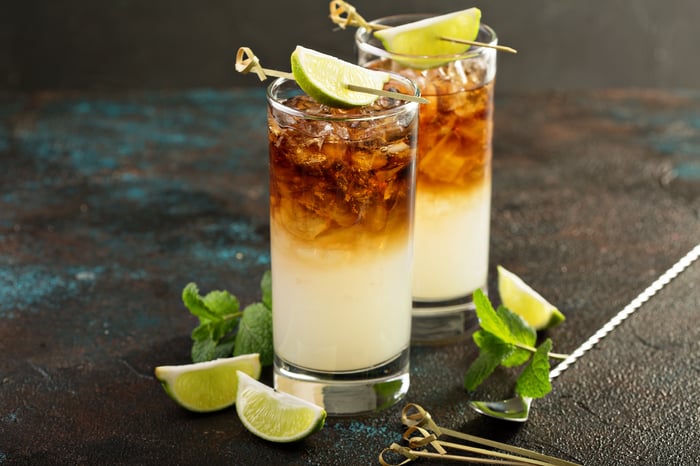
The cocktail culture
Rum continues to be a staple in cocktail culture, with classic and contemporary Rum cocktails remaining popular in bars, restaurants, and home entertaining. There has also been a surge in product diversification, which led to new innovations such as spiced Rum, flavoured Rum, low-alcohol options, and ready-to-drink canned cocktails. Rum-themed events, festivals, and competitions further promote Rum to consumers who previously preferred other spirits.
The future of Rum
The future of Rum is exciting. Rum’s popularity spread worldwide. According to a report by Grand View Research, this market is expected to grow at a steady 5.6% from 2023 to 2030.
Distilleries will most likely focus on improving transparency and ethical practices in Rum production. This development seems to be taking place not only because consumers are paying close attention to sustainability in their daily purchases but also because of new regulations being introduced.
In practice, this can increase the use of fair trade raw components and sustainable practices among producers while maintaining Rum’s quality. For example, E&A Scheer and other organisations have joined Bonsucro, the global platform for sustainable sugarcane cultivation and use.
E&A Scheer - Your partner in bulk Rum supply
Are you starting a Rum business or expanding your current operations? Are you looking for a partner who can provide bulk Rum with a stable supply and consistent quality? We can help you.
E&A Scheer specialises in sourcing high-quality Rums from multiple origins with different profiles and ages. We also create distinctive Rum blends for you based on your specifications. We have extensive experience with establishing partnerships with industrial clients from 40+ countries.
If you would like to explore the possibilities of a partnership with us, we invite you to contact us. Our Rum specialists are always happy to help you meet your goals at E&A Scheer.
Frequently asked questions
Did Rum originate in the Caribbean?
The origins of Rum remain a subject of debate. While there are many theories surrounding this subject, it is generally believed that Rum originated in the Caribbean.
What country is known for Rum?
Countries closer to the equator, such as Barbados, Jamaica, and Trinidad, are well-known for Rum and Rum production. This is due to their tropical climate, which supports the growth and cultivation of sugarcane, the key ingredient in Rum.
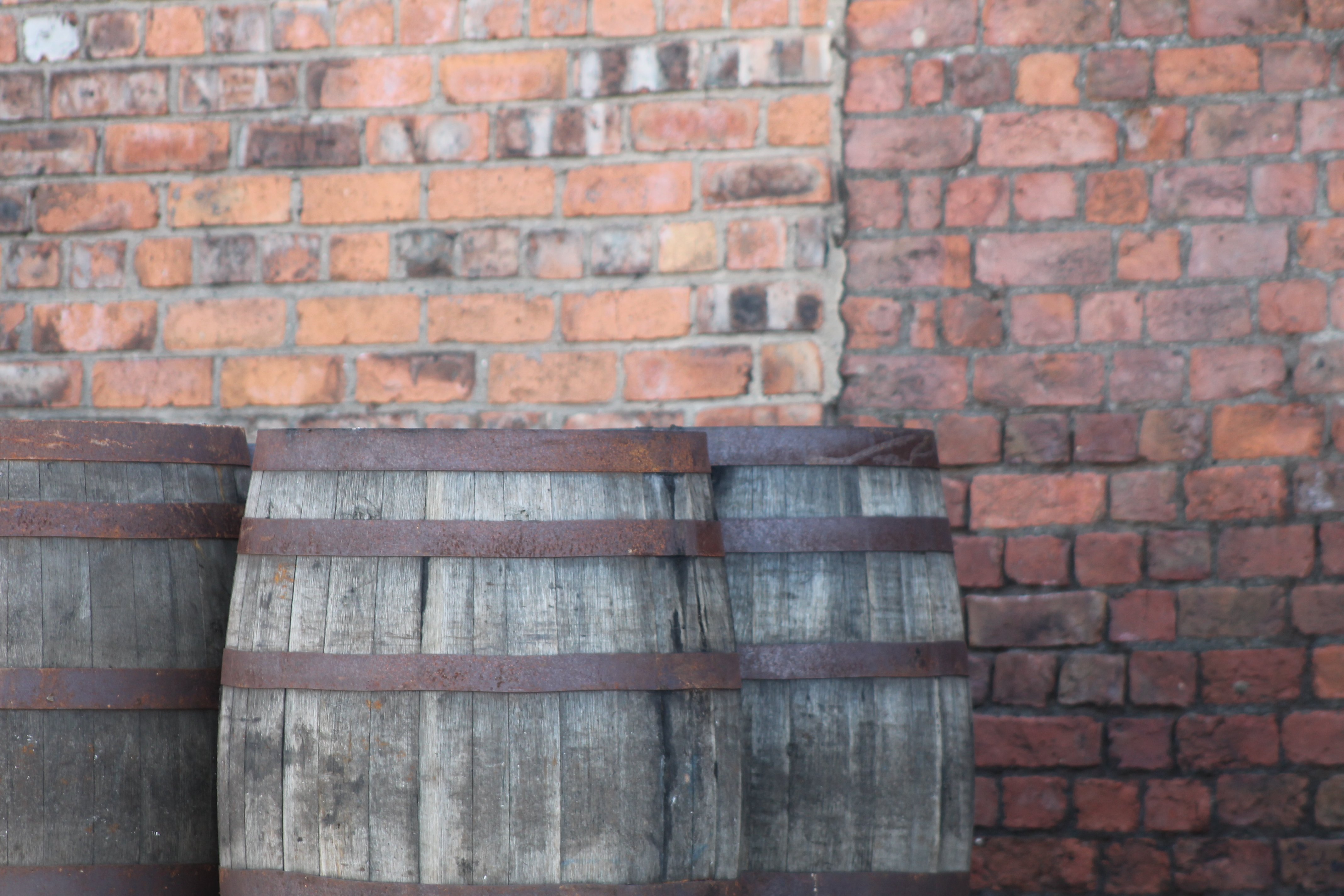



Rum Blending Tool
The Rum Blending Tool represents the first step on the journey to your perfect bespoke Rum blend.
Browse the latest resources & industry insights to learn more about our companies and the Rum world in general.


